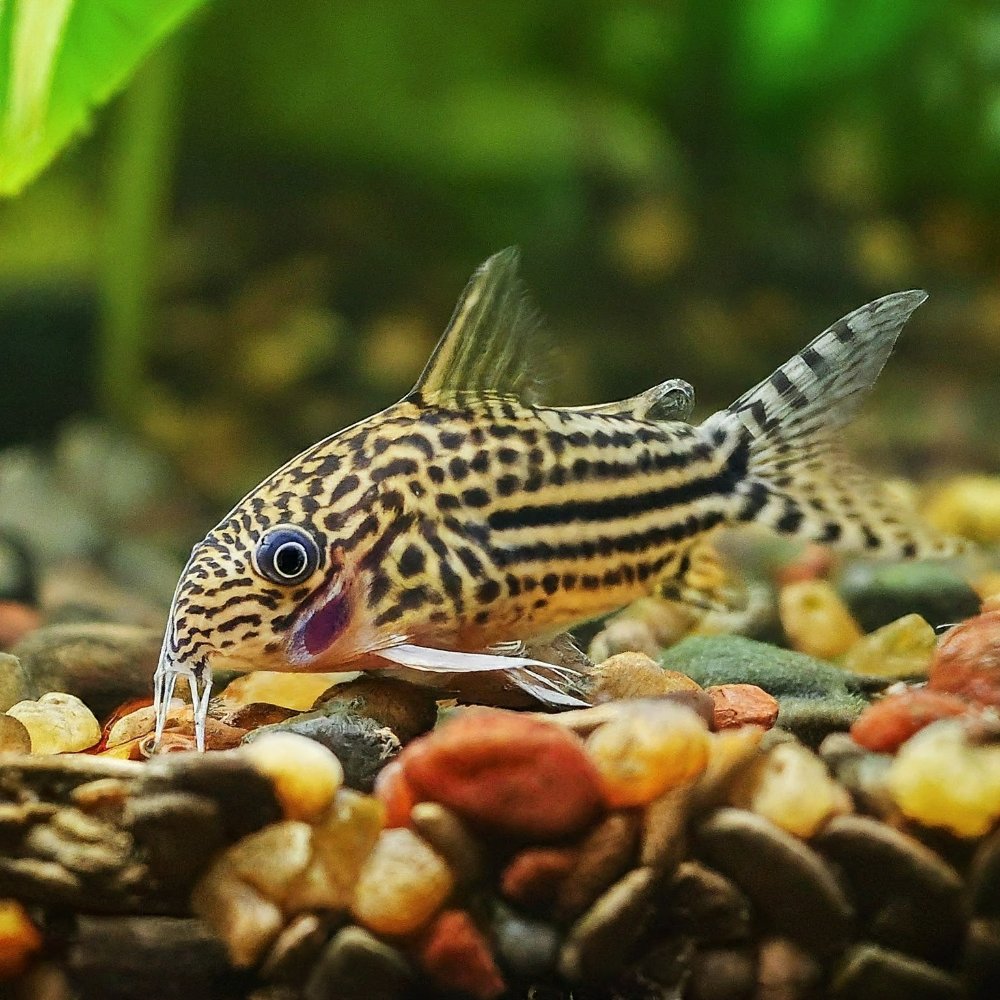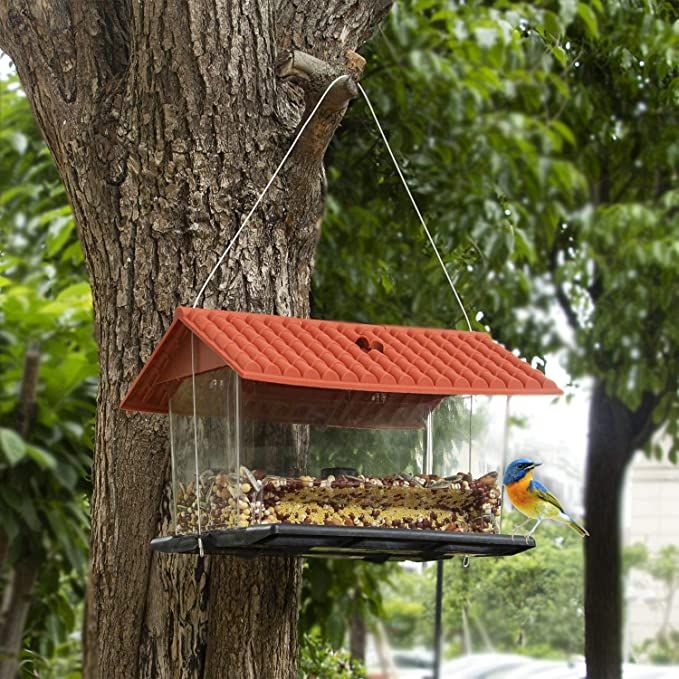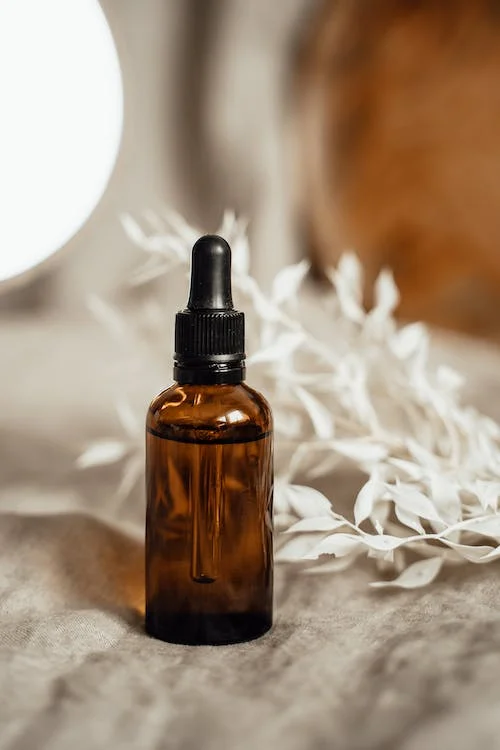As dedicated cat owners, we strive to provide our feline companions with the utmost care, including maintaining their oral health. Just like humans, cats require regular dental care to prevent a buildup of plaque and tartar, which can lead to serious health problems. While the instinct to use our own toothpaste when brushing our cat’s teeth might seem natural, it’s crucial to understand that human toothpaste is not designed for feline use and can pose significant health risks.

-
Contents hide
Introduction
- The importance of dental care for cats extends far beyond fresh breath. Maintaining good oral hygiene for our feline friends is essential for their overall health and well-being. Similar to humans, cats can suffer from a variety of dental problems if their teeth are not properly cared for. These problems include plaque buildup, tartar formation, gingivitis (inflammation of the gums), and periodontal disease (a severe infection that affects the gums and supporting bone). Periodontal disease, if left untreated, can cause pain, discomfort, and even tooth loss.
- The misconception of using human toothpaste for cats is a common one among cat owners. Many cat owners assume that human toothpaste, formulated to clean and freshen human teeth, can be used for the same purpose on their feline companions. However, this is not the case. Human toothpaste contains ingredients that can be harmful to cats, even in small amounts. Understanding these dangers is crucial for ensuring the safety and well-being of our feline companions.

-
Understanding the Dangers of Human Toothpaste
- Xylitol, a common sweetener found in sugar-free human toothpaste and many sugar-free products, is highly toxic to cats. Even a small amount of xylitol can cause a sudden drop in blood sugar levels in cats, leading to seizures, liver damage, and even death. The danger lies in the fact that a cat’s body metabolizes xylitol differently than a human’s body. While xylitol has minimal impact on humans, it can trigger a rapid release of insulin in cats, leading to a dangerous drop in blood sugar.
- Fluoride, another ingredient found in many human toothpastes, is also harmful to cats. While small amounts of fluoride are beneficial for strengthening human teeth and preventing cavities, ingesting fluoride can cause stomach upset, vomiting, and diarrhea in cats. In severe cases, fluoride poisoning can lead to tremors, weakness, and difficulty walking. The amount of fluoride needed to cause serious health problems varies depending on the size of the cat, but it’s best to avoid the risk altogether by using cat-specific toothpaste.
- Foaming agents are often added to human toothpaste to create a pleasant lathering effect. However, these agents can cause excessive foaming in cats, leading them to swallow more toothpaste than intended. This can exacerbate the effects of xylitol and fluoride ingestion, increasing the risk of health problems. Additionally, the foaming action can make the brushing experience unpleasant for cats, discouraging them from cooperating in future brushing sessions.
- Flavorings and artificial sweeteners, commonly found in human toothpaste, are not meant to be ingested and can cause digestive upset in cats. Some flavorings and sweeteners may even be toxic to cats in certain cases. These ingredients serve no purpose in feline oral care and can potentially harm your cat’s health.
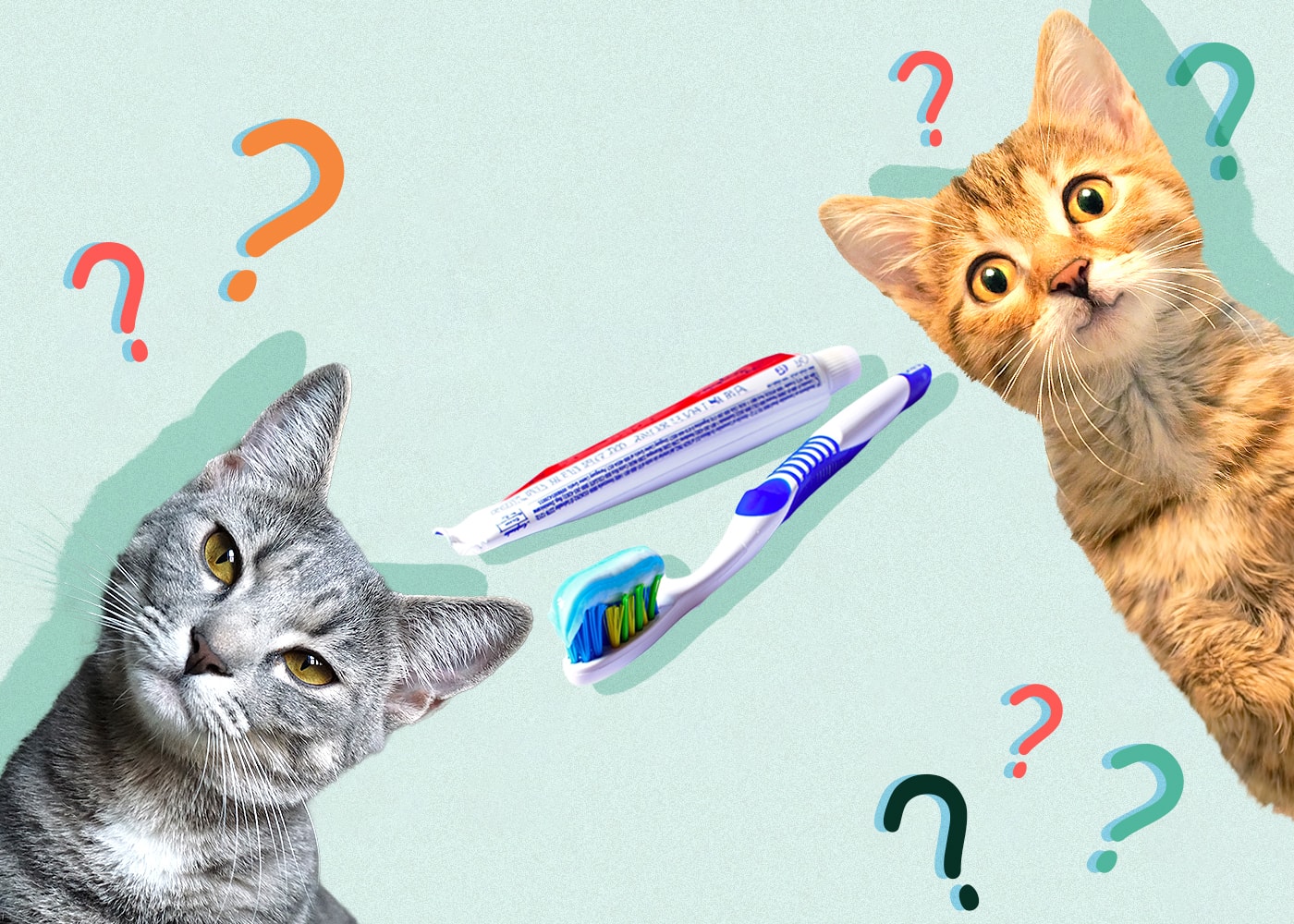
Choosing Cat-Friendly Toothpaste: Safe and Effective Options
- The safest option for brushing your cat’s teeth is to use toothpaste specifically formulated for cats. Cat toothpaste is free from xylitol, fluoride, and other harmful ingredients, making it safe for your cat to swallow if they lick or ingest a small amount during brushing. Cat toothpaste is often formulated with a taste and texture that is appealing to cats, making the brushing experience more pleasant for them.
- Consider flavor and texture when choosing a cat toothpaste. Cats have a different sense of taste than humans, so opting for a flavor that your cat enjoys can make the brushing experience more pleasant for them. Common cat toothpaste flavors include poultry, fish, and malt. Similarly, the texture of the toothpaste can also play a role in your cat’s acceptance. Choose a toothpaste with a texture that your cat finds appealing, such as a gel or an enzyme-based paste. Enzyme-based toothpaste can help break down plaque and tartar buildup on your cat’s teeth.
- Consulting your veterinarian is always recommended when choosing any product for your cat, especially those related to their health. Your veterinarian can recommend a suitable cat toothpaste based on your cat’s age, breed, and any existing dental concerns. They can also provide guidance on proper brushing techniques and answer any questions you may have about your cat’s oral health. Regular veterinary checkups are an important part of maintaining your cat’s overall health, and your veterinarian can assess your cat’s dental health during these checkups.
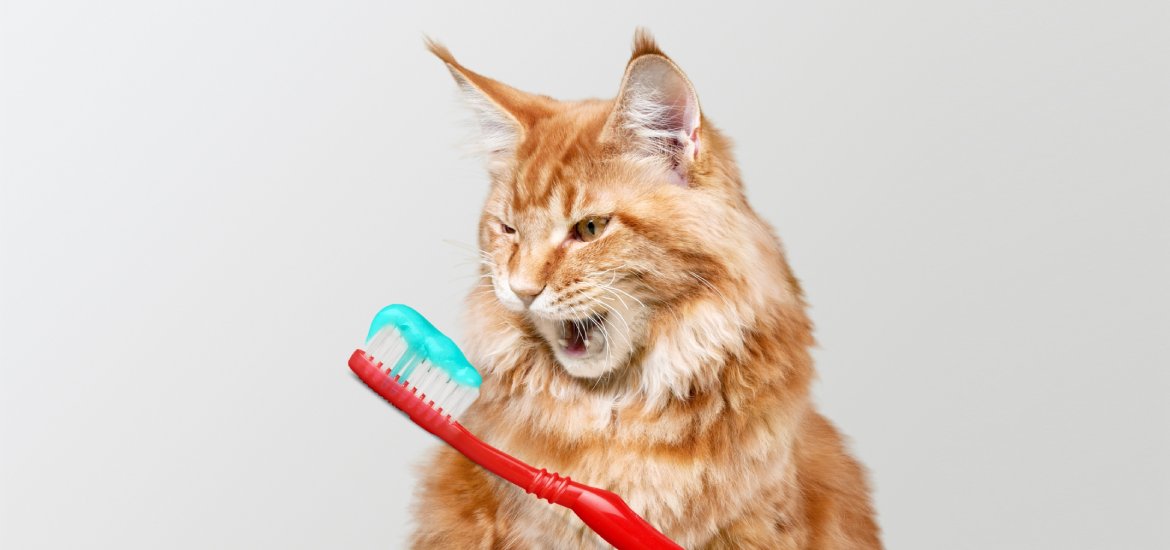
-
Brushing our Cat’s Teeth: Proper Technique for Effective Cleaning
- Introduce the toothbrush gradually to avoid creating a negative association with teeth brushing. Let your cat sniff and lick the toothbrush before attempting to brush their teeth. This allows them to become familiar with the object and feel comfortable having it in their mouth. You can even put a small amount of cat toothpaste on the toothbrush to entice your cat to explore it.
- Start with short brushing sessions to prevent overwhelming your cat. Begin by brushing for just a few seconds at a time, focusing on a single tooth or a small area of the mouth. Gradually increase the duration of the brushing sessions as your cat becomes more comfortable with the process. Aim for brushing your cat’s teeth for a total of 30 seconds to two minutes, twice a day.
- Focus on the outer surfaces of the teeth, where plaque and tartar tend to accumulate most. Since cats have small mouths and sharp teeth, brushing the inner surfaces can be difficult and may cause discomfort. Angling the toothbrush slightly and using gentle strokes can help reach the outer surfaces more effectively.
- Use a soft-bristled toothbrush designed for cats or a finger cot with gauze wrapped around your finger. A soft-bristled toothbrush is gentler on your cat’s gums and less likely to cause irritation. Using a finger cot with gauze allows for more control and can be a good option for cats who are particularly sensitive to the toothbrush.
- Reward your cat with praise and a treat after each brushing session. Positive reinforcement is key to establishing a regular brushing routine. Offer your cat verbal praise, a head scratch, or their favorite toy after each brushing session to create a positive association with the experience.
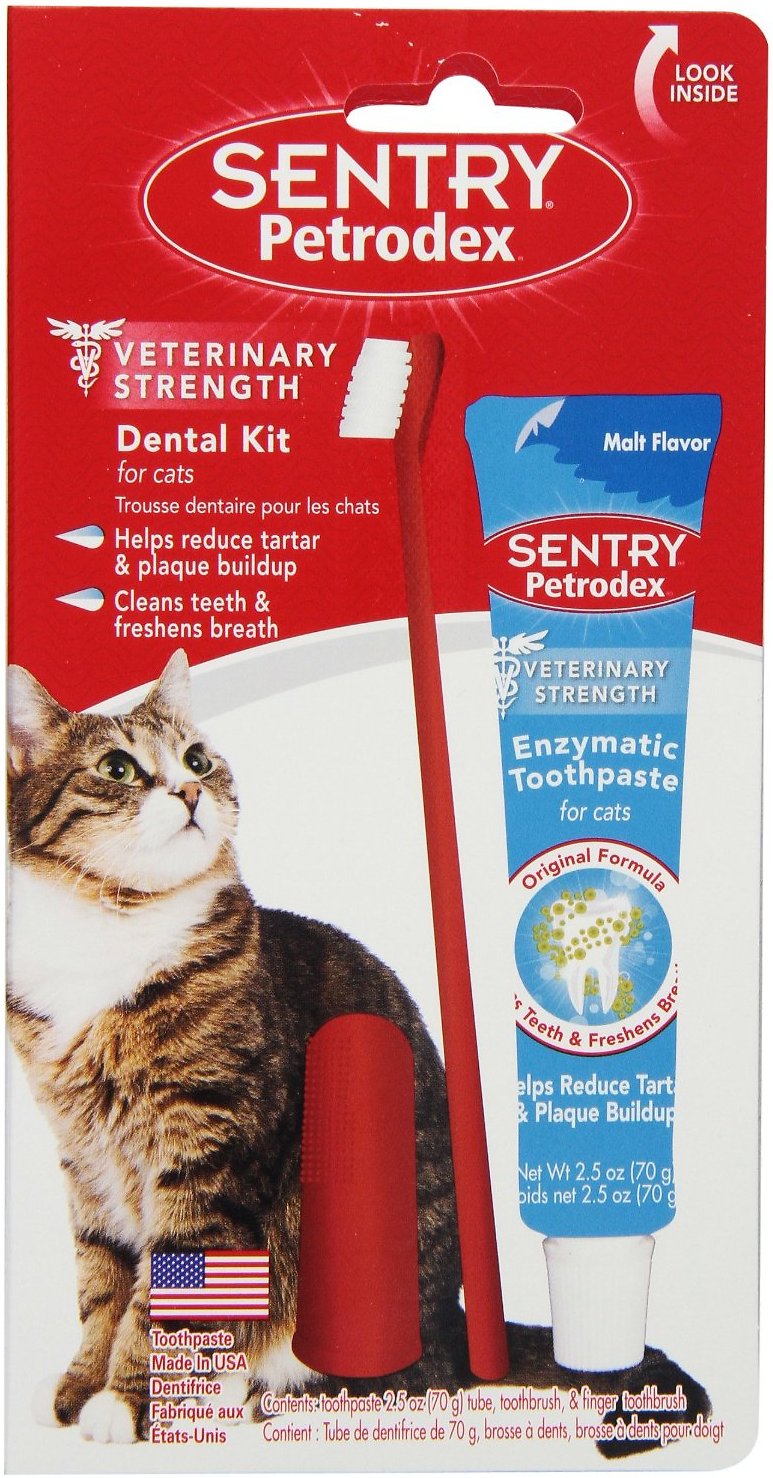
-
Additional Tips for Feline Oral Health: A Multifaceted Approach
- Provide dental chews and toys specifically designed for cats. Dental chews and toys can help remove plaque and tartar through chewing action and provide a satisfying outlet for your cat’s natural chewing instinct. Choose dental chews with a veterinarian-approved seal of effectiveness and select the appropriate size and texture based on your cat’s breed and chewing habits.
- Offer a water fountain to encourage your cat to drink more water. Increased water intake can help flush away food particles and bacteria from your cat’s mouth, reducing plaque buildup. A water fountain can be more appealing to cats than a traditional water bowl, encouraging them to drink more fluids.
- Schedule regular dental checkups with your veterinarian to assess your cat’s oral health. Veterinarians can perform a thorough dental examination, identify any potential problems early on, and recommend appropriate treatment options if necessary. Regular dental checkups are crucial for preventing serious dental issues in cats.
- Maintain a healthy diet for your cat to promote good oral health. A balanced diet low in sugar and carbohydrates can help reduce plaque buildup on your cat’s teeth. Consult your veterinarian for recommendations on a healthy diet suitable for your cat’s age, breed, and activity level.
- Monitor for signs of dental problems in your cat to address them promptly. Be on the lookout for signs such as bad breath, difficulty chewing, excessive drooling, pawing at the mouth, or bleeding gums. These signs may indicate dental problems that require veterinary attention.

-
Conclusion: Prioritizing Feline Dental Care for a Happy and Healthy Cat
By understanding the dangers of human toothpaste and adopting proper oral care practices for your cat, you can ensure that your feline companion maintains healthy teeth and gums. Regular brushing, providing appropriate dental chews and toys, scheduling dental checkups, and maintaining a healthy diet all contribute to good oral health in cats. Remember, prioritizing your cat’s dental health is an investment in their overall well-being and happiness. A healthy mouth not only contributes to fresh breath but also prevents pain and discomfort, allowing your cat to enjoy life to the fullest.
